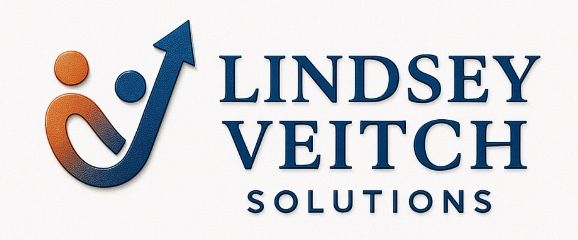Boosting Customer Success with Gamification
Understanding Gamification
Gamification is more than just a buzzword; it's a powerful tool that can transform the way you engage with your customers. By integrating game-like elements into non-game contexts, businesses can motivate and engage their audiences in innovative ways. This approach leverages people's natural desires for competition, achievement, and recognition to drive behavior.

The Impact on Customer Success
Customer success is the cornerstone of any sustainable business. By ensuring your customers achieve their desired outcomes, you not only foster loyalty but also encourage them to become advocates for your brand. Gamification plays a pivotal role in this process by making customer interactions more engaging and enjoyable.
Implementing gamification strategies can lead to increased user engagement, higher retention rates, and greater satisfaction levels. This is achieved by providing customers with interactive and rewarding experiences that keep them coming back for more.
Key Elements of Gamification
To effectively boost customer success through gamification, it's essential to focus on key elements that drive engagement:
- Points and Rewards: Offer points, badges, or rewards for completing specific actions or reaching milestones.
- Leaderboards: Create a sense of competition by allowing users to see how they stack up against others.
- Challenges and Quests: Encourage users to complete tasks or missions that lead to tangible benefits.

Creating a Seamless Experience
While gamification can significantly enhance customer success, it's crucial to ensure that these elements are seamlessly integrated into the customer journey. The gamified experience should feel natural and not forced or disruptive. By designing intuitive interfaces and ensuring a smooth flow, businesses can enhance the overall user experience.
Moreover, personalization is a key factor in creating a seamless gamified experience. Tailoring challenges and rewards to individual preferences can make interactions more relevant and impactful, leading to higher levels of customer satisfaction.
Real-World Examples
Many companies have successfully adopted gamification to enhance customer success. For instance, fitness apps often use badges and challenges to motivate users to hit their workout goals. Similarly, e-learning platforms incorporate quizzes and leaderboards to encourage learners to complete courses and improve their skills.

Measuring Success
The effectiveness of gamification strategies should be continually assessed to ensure they are meeting your business objectives. Key performance indicators (KPIs) such as user engagement rates, customer retention, and satisfaction scores can provide valuable insights into the success of your initiatives.
Regular feedback from customers can also help refine gamification strategies, ensuring they remain relevant and effective in meeting evolving customer needs.
Conclusion
Incorporating gamification into your customer success strategy can be a game-changer. By making interactions more engaging and rewarding, businesses can significantly improve customer satisfaction and loyalty. As you explore gamification opportunities, remember to focus on seamless integration, personalization, and continuous measurement to maximize the impact.
